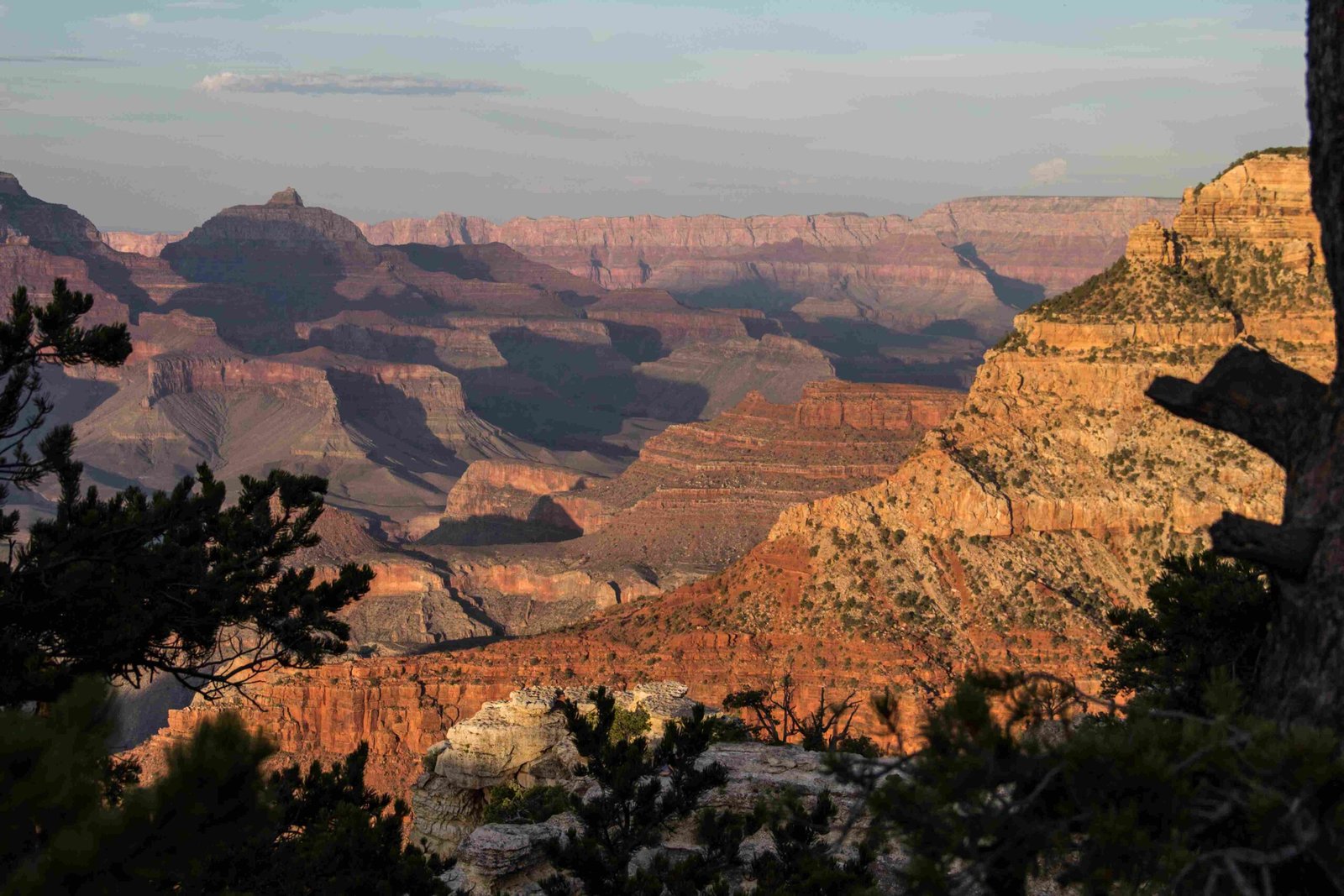The Grand Canyon harbors extraordinary geological evidence demonstrating its underwater past, revealing a complex marine history spanning millions of years. Extensive fossil records, intricate sedimentary rock formations, and marine organism remnants provide a comprehensive narrative of an ancient underwater landscape that transformed dramatically over geological epochs.
What Marine Fossils Reveal About Grand Canyon’s Underwater History?

Marine fossils represent the most compelling evidence of the Grand Canyon’s underwater origins. The Redwall Limestone, a massive 400-800 feet thick formation, contains an extraordinary collection of marine organism fossils, including:
- Crinoids
- Brachiopods
- Bryozoans
- Horn corals
- Nautiloids
- Sponges
- Complex trilobites
These fossils were deposited during the early-to-middle Mississippian period in a shallow tropical sea near the equator, providing direct proof of the region’s underwater environment.
How Do Sedimentary Rock Formations Indicate Underwater Conditions?

Sedimentary rock formations in the Grand Canyon offer critical insights into its marine past:
| Formation | Characteristics | Marine Evidence |
|---|---|---|
| Grand Canyon Supergroup | Laid down 1.2 billion to 740 million years ago | Shallow seaway deposits |
| Muav Limestone | Deep channels with freshwater limestone | Marine environment transitions |
| Redwall Limestone | Dark brown to bluish-gray limestone | Extensive marine organism preservation |
The Hakatai Shale formation, with its bright orange-red mud flats, indicates historical shoreline regressions and marine transitions.
What Paleontological Sites Demonstrate Underwater Environments?
Key paleontological sites within the Grand Canyon provide substantial underwater evidence:
- Inner Gorge regions
- Desert View area
- Lipan Point
- Moran Point
- Marble Canyon
These locations expose ancient marine layers containing:
– Stromatolites
– Preserved marine organism fossils
– Intricate geological stratification showing sea level changes
What Ancient Shoreline Indicators Exist in the Grand Canyon?
Ancient shoreline evidence is prominently displayed through:
– Geological stratification showing multiple sea level transitions
– Preserved mud flat formations
– Transitional sedimentary layers indicating marine-to-terrestrial transformations
How Can Visitors Explore These Underwater Geological Wonders?
Visitors interested in exploring the Grand Canyon’s underwater geological history can:
– Visit accessible rim viewpoints
– Participate in ranger-led geological tours
– Explore museum exhibits detailing marine fossil collections
– Take guided geological interpretation walks
Practical Visitor Information
- Park Entrance Fee: $35 per vehicle (7-day pass)
- Recommended Viewpoints:
- South Rim (year-round access)
- North Rim (mid-May to mid-October)
- Desert View
- Lipan Point
Scientific Significance
The Grand Canyon’s underwater evidence represents a remarkable geological archive, offering scientists unprecedented insights into ancient marine ecosystems and geological transformations spanning hundreds of millions of years.

